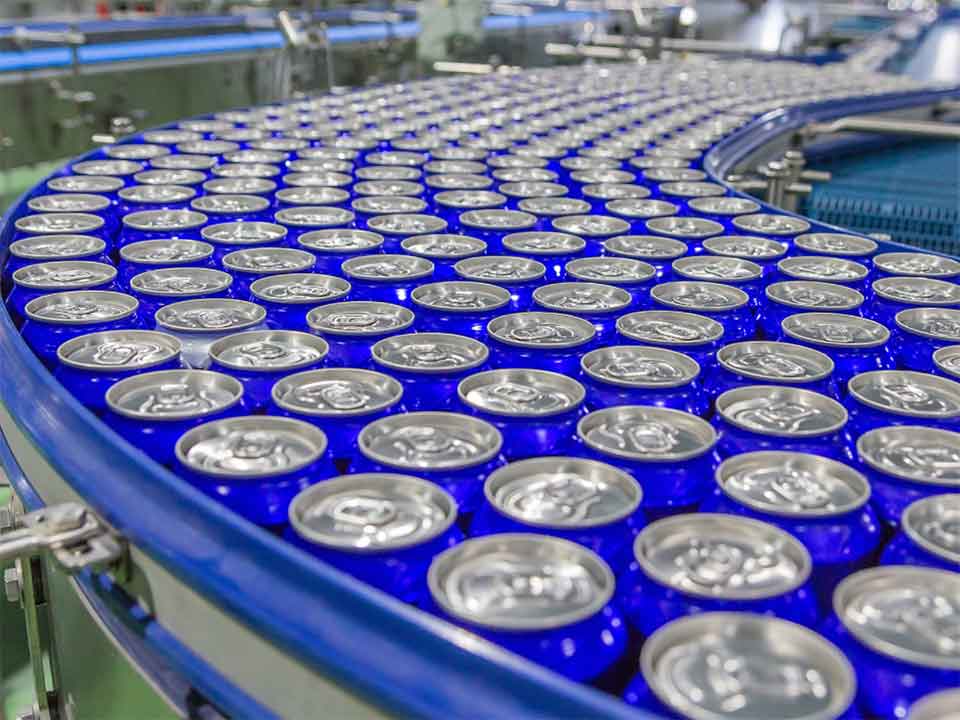
Lightweighting
Within the Food & Beverage Industry, there is one component that is crucial to the manufacturing process. This one component protects the product to ensure the best quality output reaches the consumer. It also provides them with the convenience of consuming these products whenever they so choose. This component is known as the ‘package’. To the consumer, the packaging of a product is something that can be EASILY overlooked. However, it is one of the most important elements to any food and beverage manufacturer due to the fact that the container not only protects and transports their product, but also represents their brand to the end consumer.
Every manufacturer operating in the Food & Beverage industry pays very close attention to which packaging they use for a number of different reasons. Some of these reasons include shelf life (how long will our product remain at its best quality?), product or ingredient protection (will our product be damaged?), as well as cost effectiveness (are we still profiting while using this packaging?). All of these considerations contribute greatly to the choice of packaging used by each company, but only one of them has started a 40-year-long trend within the industry. In any industry, companies are always looking for ways to become more cost-effective while still putting out quality products. In the food & beverage industry lightweighting has become one of the most common trends that financial and operations executives look to when assessing costs. Lightweighting directly targets the packaging systems of products by removing aluminum, plastic, or glass from the container and introduces new challenges for the teams tasked with filling, delivering, and maintaining these containers.
Lightweighting, or downgrading, is the process of removing a certain amount of materials away from the existing packaging of a product while also maintaining the existing size and format of the container and also ensuring that the product is still well protected from external environments. Lightweighting is mainly targeted towards aluminum cans, glass bottles and plastic bottles but can extend to closure systems and secondary packaging materials as well. This process leads to the packaging of a product to become ‘lighter’, which produces benefits for not only the manufacturer but for the consumer and the environment as well. As mentioned before, lightweighting has been a trend in this industry for 40 years and each time new ways to lightweight are found, it is seen as a “win-win” in the eyes of the industry. This is mainly due to the fact that most companies see their lightweighting projects as a sustainability project along with a way to save money. In today’s world, anything that can be seen as helpful to the environment and cost-effective will also be seen as a necessary business move. Using less materials on packaging lowers costs through the manufacturing and transportation side of the business but can also, in turn, reduce the amount of waste produced on the line.
So if lightweighting projects save money and improve corporate sustainability …why isn’t everyone doing it? The primary challenge with lightweighting is that when you take away materials from the packaging, it becomes weaker and more susceptible to damage. Furthermore, many plants in the Food & Beverage industry are using older equipment and are accustomed to running the heavier packaging through their machines/lines. So, when the lighter and weaker packaging is introduced, more waste and more damaged containers are also introduced.
The first step to preparing for any light weighting project is to quantify what your containers are experiencing during the bottling and transportation process. Without understanding that data it is impossible to determine if a new lighter weight container introduction will be successful. This is exactly where SmartSkin comes into play. Since most of this new damage to the lighter cans/bottles is coming from the amount of pressure and shock that was put on the heavier packaging, plants would be able to use our system to pinpoint exactly where the pressure damage is occurring on the lighter packaging and can make adjustments from there. This will enable each plant to be able to take on lightweighting projects, and enjoy the best financial and sustainability benefits possible.
A true “win-win” scenario.

